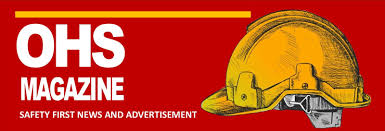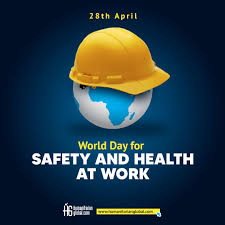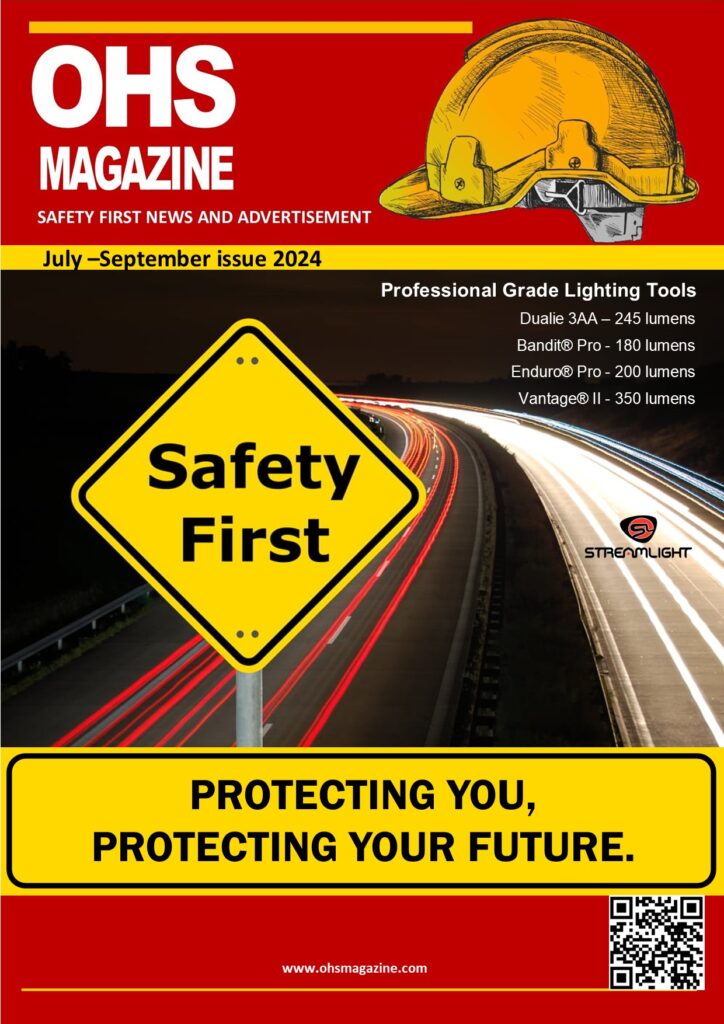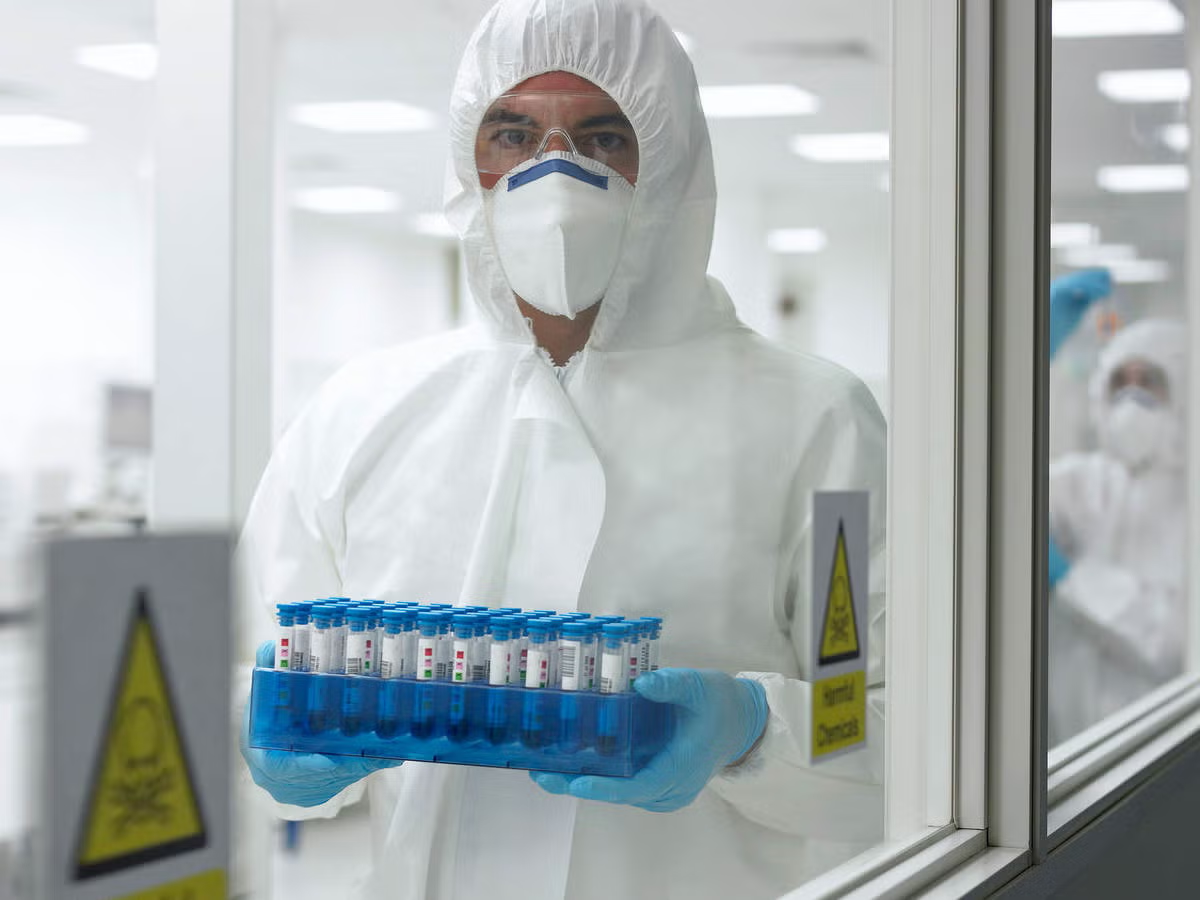Safety Standards in High-Risk Industries: Ensuring Workplace Safety and Preventing Accidents. June 11, 2024 – In an era where workplace safety is paramount, high-risk industries such as construction, manufacturing, mining, and healthcare are under increasing scrutiny to adhere to stringent safety regulations designed to prevent accidents and injuries. With these sectors accounting for a significant portion of workplace incidents, regulatory bodies worldwide have been tightening and expanding safety measures to protect workers.
Construction: Building Safety from the Ground Up
Construction remains one of the most hazardous industries, with workers routinely exposed to risks such as falls, machinery accidents, and structural collapses. Regulatory frameworks, such as the Occupational Safety and Health Administration (OSHA) standards in the United States, mandate comprehensive safety protocols. These include mandatory fall protection, proper scaffolding practices, and the use of personal protective equipment (PPE).
Recent advancements in technology are also playing a crucial role. Drones and wearable safety devices are increasingly used to monitor site conditions and worker health in real-time, allowing for prompt intervention when hazards are detected. Additionally, virtual reality (VR) training programs have been implemented to simulate high-risk scenarios, providing workers with valuable hands-on experience in a controlled environment.
Manufacturing: Safeguarding the Production Line
Manufacturing involves a plethora of risks ranging from machinery-related injuries to exposure to hazardous substances. Regulatory bodies enforce measures such as machine guarding, proper labeling of hazardous materials, and mandatory safety training programs. The European Union’s Machinery Directive and OSHA’s Lockout/Tagout (LOTO) standards are pivotal in minimizing risks associated with machinery operation.
Innovative solutions like automation and robotics are reducing human exposure to dangerous tasks. Collaborative robots (cobots) are designed to work alongside human workers, handling repetitive and high-risk tasks while ensuring safety through built-in sensors and emergency stop functions.
Mining: Digging Deep for Safety
Mining, with its inherent risks of cave-ins, explosions, and toxic exposure, requires rigorous safety standards. Regulations such as the Mine Safety and Health Administration (MSHA) in the U.S. and the International Labour Organization (ILO) guidelines mandate exhaustive safety measures including regular inspection of equipment, ventilation systems to prevent the build-up of hazardous gases, and extensive worker training programs.
Technological advancements have led to the development of autonomous mining equipment, reducing the need for human presence in the most dangerous areas. Real-time monitoring systems for environmental conditions and worker vitals further enhance safety, providing early warnings and allowing for swift action in emergencies.
Healthcare: Protecting Those Who Care
The healthcare industry, particularly during the COVID-19 pandemic, has seen an unprecedented focus on safety standards. Healthcare workers face risks from exposure to infectious diseases, handling of hazardous materials, and ergonomic injuries. Regulatory guidelines, such as those from the Centers for Disease Control and Prevention (CDC) and the World Health Organization (WHO), emphasize the importance of PPE, sterilization protocols, and vaccination.
Hospitals and healthcare facilities are increasingly adopting advanced safety measures including automated medication dispensing systems to reduce errors, and AI-powered diagnostic tools that minimize exposure to infectious agents. Continuous education and training in infection control and emergency response are essential components of maintaining a safe healthcare environment.
Global Efforts and Future Directions
International cooperation and the harmonization of safety standards are key to enhancing workplace safety in high-risk industries. Organizations such as the International Organization for Standardization (ISO) are working towards creating universally applicable safety standards. ISO 45001, for instance, provides a framework for occupational health and safety management systems that can be adopted across various industries globally. Safety Standards in High-Risk Industries
Moving forward, the integration of cutting-edge technology, continuous training, and stringent enforcement of safety regulations will be crucial in reducing workplace incidents. The commitment of industry leaders and regulatory bodies to uphold and advance safety standards remains vital in safeguarding the lives and well-being of workers in high-risk industries.
In conclusion, the landscape of workplace safety in high-risk industries is continuously evolving. Through stringent regulations, technological advancements, and ongoing education, significant strides are being made to ensure safer working environments and prevent accidents and injuries.






